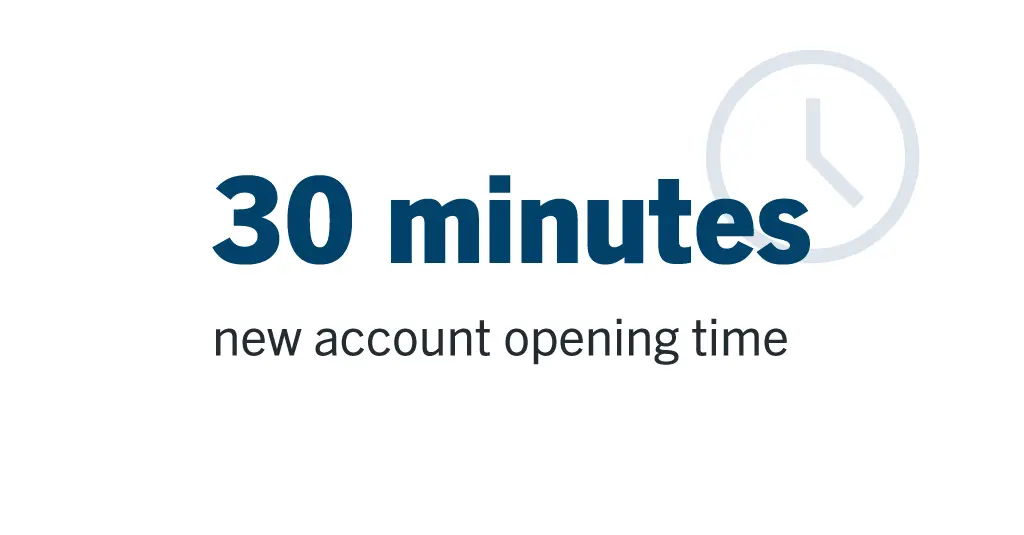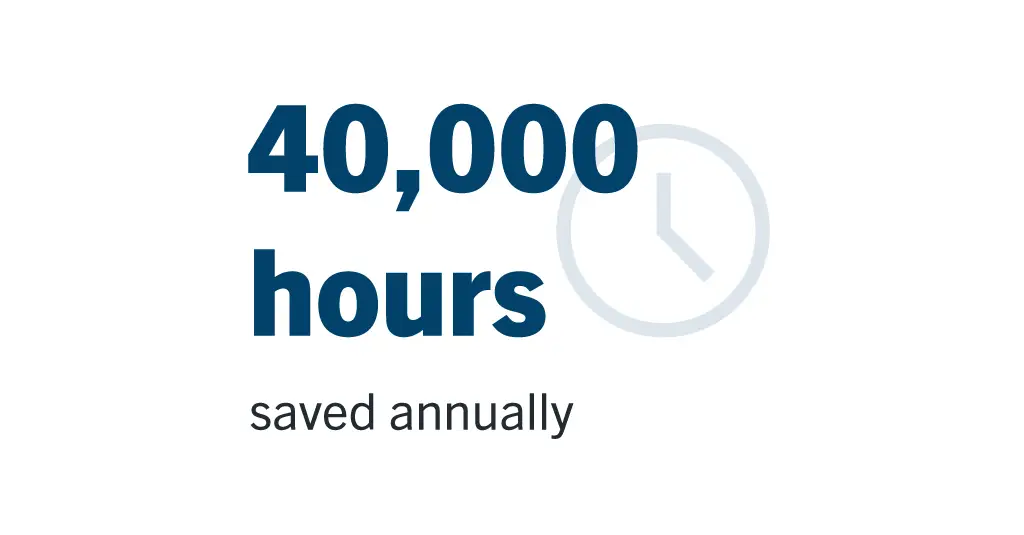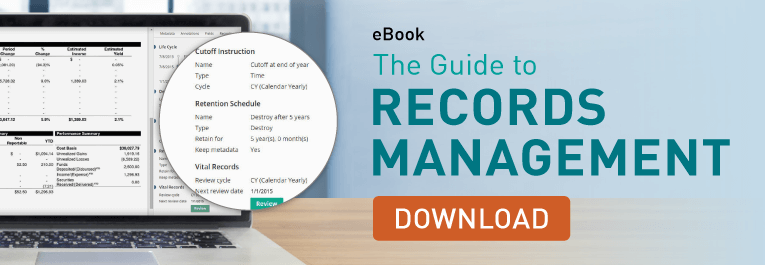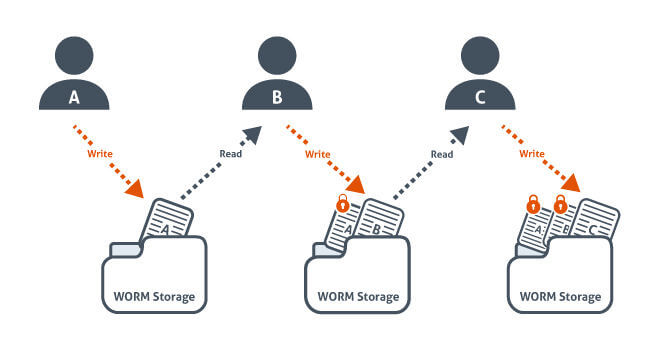The fast-changing economic landscape of the credit union industry has highlighted the importance for firms to leverage technology to meet customer needs.
Many credit unions that rely on legacy systems built around proprietary technology and manual processes have found it challenging to maintain and attract new members and stay ahead of the competition. Committed to putting its members first and continuously improving its service offerings, Dakotaland Federal Credit Union (“Dakotaland”) — a full-service, not-for-profit financial cooperative — has challenged the status quo, transforming traditional paper-based workflows to digitally transform its business. In 2004, the firm implemented a Laserfiche electronic document management system and has since expanded its use across its departments, while continuing to explore new ways to drive efficiency throughout the organization.
Dakotaland started with just 10 members in Huron, South Dakota, in 1935. In 2020, celebrating its 85th anniversary, the firm spans across 11 branches and serves nearly 40,000 members in 46 states. This growth further underscored the need to build more automated business processes in order to streamline information sharing and accelerate collaboration. “With Laserfiche, we can develop and assign tasks regardless of location, share that information easily across branches and automate notifications, and know exactly where we are in the process,” said Gina Hansen, vice president of product development at Dakotaland.
Additionally, increased regulatory burden, and a growing expectation of incorporating advanced technology solutions, have all presented opportunities for Dakotaland to acquire other small institutions to help these firms align their services with the evolving industry landscape. With the help of Laserfiche’s customizable technology solutions, Dakotaland has been able to continue providing the best possible service to its current member base while also growing its business.
Boosting Operational Efficiency Firm-wide With Electronic Document Management
Before implementing Laserfiche, Dakotaland’s information storage took the form of five rooms stacked with filing cabinets. The team realized it needed to store documents electronically to save space and avert document loss, while addressing recordkeeping requirements enforced by different regulatory bodies. These needs led Dakotaland to select Laserfiche for its robust electronic records management and automated workflow capabilities.
“Regulators and examiners expect us to document everything, requiring us to show proof of the firm’s work,” Hansen said. “Laserfiche helped us present all our data — including all mandatory details — in a format that leaves no room for error.”
The Laserfiche implementation enabled Dakotaland to digitize its records, while preserving record integrity and simplifying compliance processes. The efficiency driven by the Laserfiche initiative spurred the expansion of Laserfiche’s use in other projects aimed at improving the end-user experience and creating a stronger operational infrastructure across departments, including human resources, IT, insurance, mortgage, and more.
“Today, we heavily rely on Laserfiche for almost all our day-to-day operations, automating nearly 250 running workflows and almost 100 active forms processes,” Hansen said. “I do not believe there is any part of our organization that is not using Laserfiche in some capacity. While some forms and workflows are simple routing to logically file documents, others are utilizing the report feature to provide tracking ability, and some automate more complex processes such as our new hire or vendor management tracking process.”
Business Advancements Driven by Human Resource Innovation
While all departments within Dakotaland use Laserfiche in some shape or form, one department that has harnessed the great values of digital transformation is human resources.
Multiple teams across different departments are impacted whenever an employee is hired or terminated, or moves to a new department. To keep employees and teams informed, Dakotaland used Laserfiche to create an end-to-end solution to process employee and candidate records, and combat information loss. The platform streamlines the workflow through a new-hire checklist, comprising of analyzing applications, processing forms, sharing the database with the supervisors, helping them classify the applications, and developing a comprehensive pool of interview candidates. By automating the HR processes, the firm is able to save countless hours — allowing teams across a multitude of departments to focus on more client-facing services that require a human touch.
Most recently, the firm also used Laserfiche to automate a key process for its now-virtual Employee Enrichment Day — a team-building program, where the firm engages in activities that enhance staff connection and give employees an opportunity to learn about each other. During this day, the team works on a spotlight commemoration developed and assigned to the staff in Laserfiche Forms with questions directed to the respective personalities of the employees. The answers then develop a quiz that goes back to all employees, and within that process, the team uses Forms to analyze and file the answers. Automating the process with Laserfiche saves the firm around 10 to 15 hours, analyzing the scores of more than 160 employees in one day.
Technology Guiding the “New Normal”
COVID-19 has compelled firms across different industries to challenge their technological capacities and reevaluate their resources. When the pandemic first hit, more than 30 team members at Dakotaland were deployed to work remotely within a week — enabling the firm to fully rely on its digital repository of data and its automated workflows. The seamless transition enforced business continuity at Dakotaland, allowing for uninterrupted services to its members, even in an unpredictable environment.
One of the biggest hurdles to adopting a new system can be identifying areas that need improvement and processes that can be streamlined. The management at Dakotaland takes pride in driving a thorough observation across the firm to determine loopholes and encourage innovation that can help avoid system failures and boost operational competency. With support from the executive team, the firm leverages its Laserfiche champions, who lead the technology shift across different teams and help them adopt new solutions. These champions play a critical role in training employees about the new processes and identifying unique ways in which Laserfiche can be customized to further enhance productivity and maximize the firm’s investment in Laserfiche technology.
“There are always new challenges and concerns that the credit union industry has to address,” Hansen said. “However, our confidence in Laserfiche’s capacity has encouraged us to identify and resolve any technology challenges upfront and continue to enhance our competitive edge in the industry. I am excited to see what innovation is in store for our collaboration and how we can collectively revolutionize the credit union space.”










